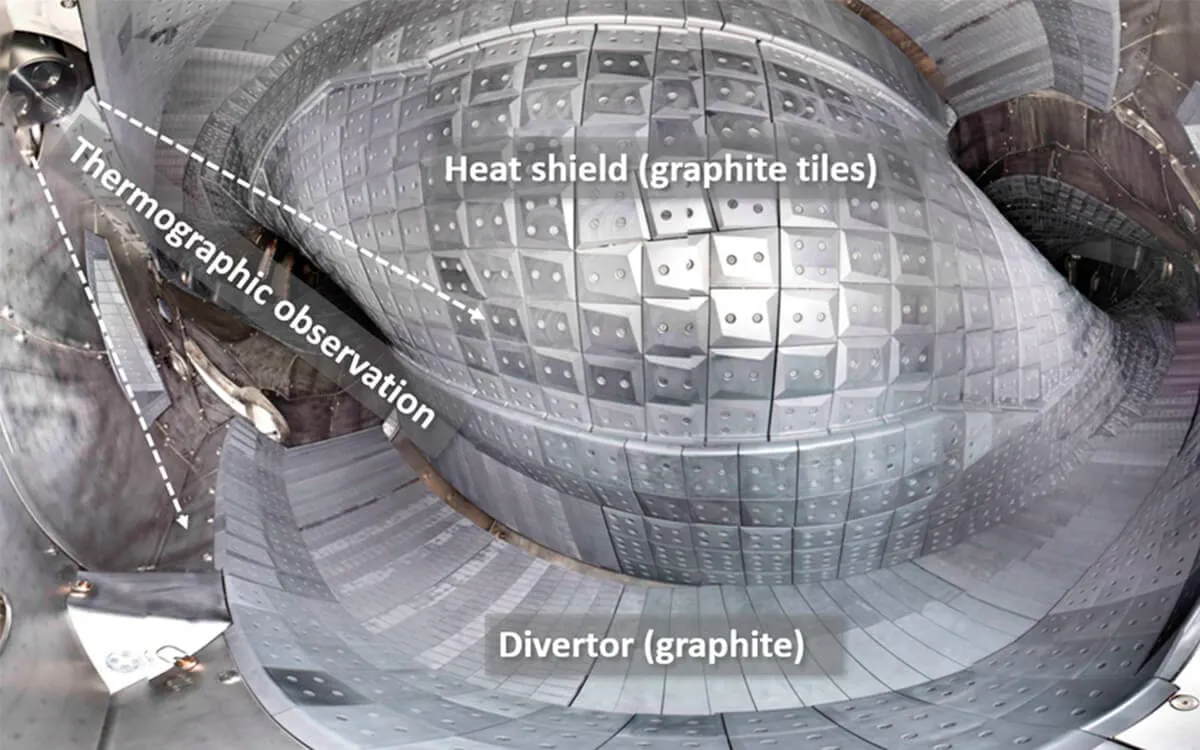
Case Study: Monitoring Plasma at Wendelstein 7-X
What will the energy supply of the future look like? The Max Planck Institute for Plasma Physics (IPP) in Greifswald is dealing with this question.
In accordance with the weightily initial question, the researchers can draw on an impressive research instrument. "Wendelstein 7-X is the world's largest stellarator-type nuclear fusion facility," says Dr. Marcin W. Jakubowski from Stellarator Edge and Divertor Physics Department at IPP. "It is intended to show whether this construction type is suitable as a permanently operated power plant.” The aim is to achieve plasma discharges lasting up to 30 minutes with this plant, in other words, half an hour of continuous operation. This would be an important preliminary work on the way to a form of energy production that does not require fossil fuels such as oil, coal and gas, does not produce CO2 emissions and does not further promote global warming. During the second experimental campaign, which ended in October 2018, discharges lasting up to 100 seconds were achieved. This is considered a world record for a fusion facility of this type.
Although Wendelstein 7-X is an experimental facility, it is classified as a nuclear fusion reactor. In such plants, a gas mixture of deuterium and tritium is heated up to over 100 million degrees Celsius, in future. At such high temperatures, electrons and atomic nuclei separate and form plasma, which is electrically conductive. Atomic nuclei of the two hydrogen types deuterium and tritium fuse in this plasma. Helium nuclei are formed, neutrons are released as well as enormous amounts of energy, which can be used to generate electricity. The IPP is investigating numerous questions in which temperatures are of great importance. What happens during plasma discharges? Is it possible to achieve high temperatures with high inclusion densities at the same time? Can a plasma be generated that retains as much of its heat as possible in the core and does not transport it outwards?
Read more about our case study "Monitoring Plasma at Wendelstein 7-X"